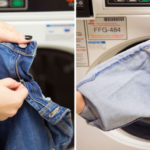Washing machines are an indispensable part of modern households, and proper maintenance is key to their longevity. In this article, we’ll explore the often-overlooked yet crucial aspect of washing machine care: cleaning the lint filter.
1 The Overlooked Area When Cleaning Your Washing Machine
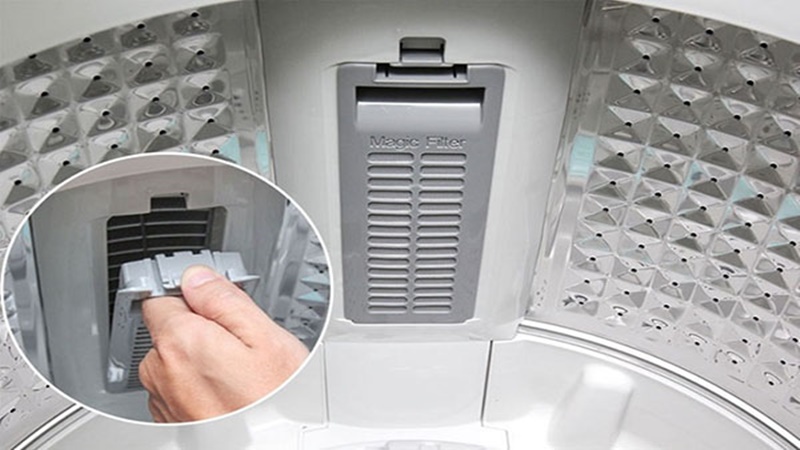 The overlooked area when cleaning your washing machine
The overlooked area when cleaning your washing machine
Many people clean their washing machines but neglect the lint filter, which is crucial to ensuring your clothes come out truly clean. The lint filter is prone to collecting dirt and debris as it handles large volumes of dirty laundry.
The high moisture levels inside the machine create an ideal environment for bacteria and mold to thrive. If left unattended, this buildup can impact the washing machine’s performance and shorten its lifespan.
Therefore, regular cleaning of the lint filter is essential to minimize health risks, such as skin conditions, and maintain the overall hygiene of your washing machine.
2 Where is the Lint Filter Located in a Washing Machine?
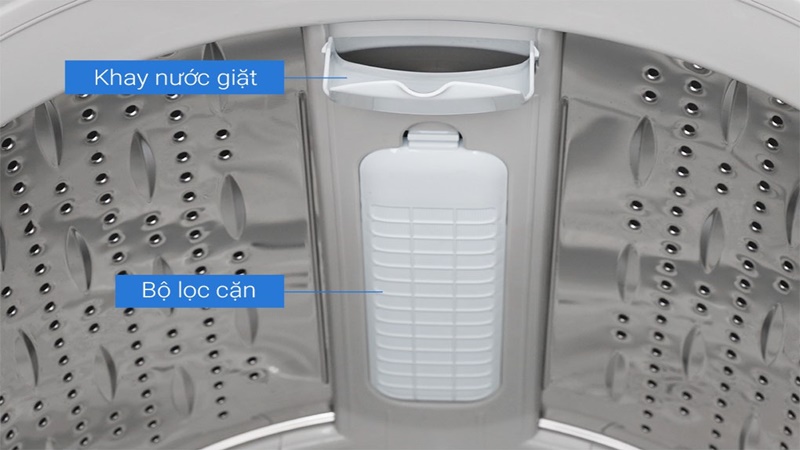 Lint filter of a top-loading washing machine
Lint filter of a top-loading washing machine
For top-loading washing machines, the lint filter is typically a mesh bag located inside the washing drum. On the other hand, front-loading machines usually have their lint filters in the lower right corner of the machine’s body.
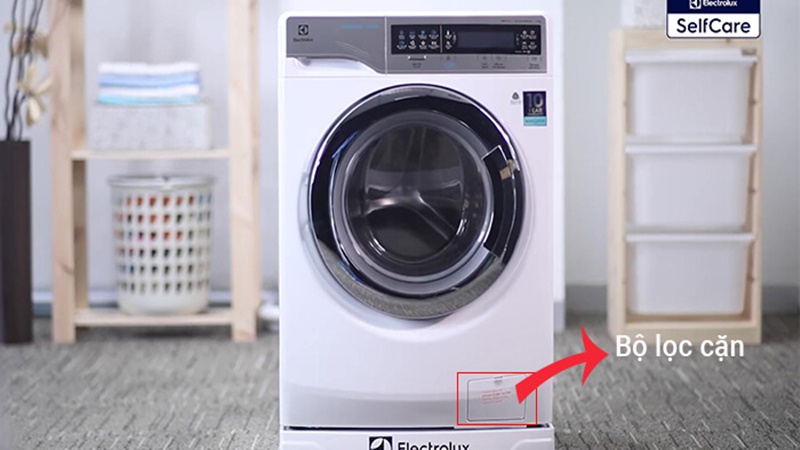 Lint filter of a front-loading washing machine
Lint filter of a front-loading washing machine
If you’re unsure about the location of your lint filter, refer to the user manual that came with your washing machine.
3 How to Clean the Lint Filter in Your Washing Machine
Removing the Lint Filter
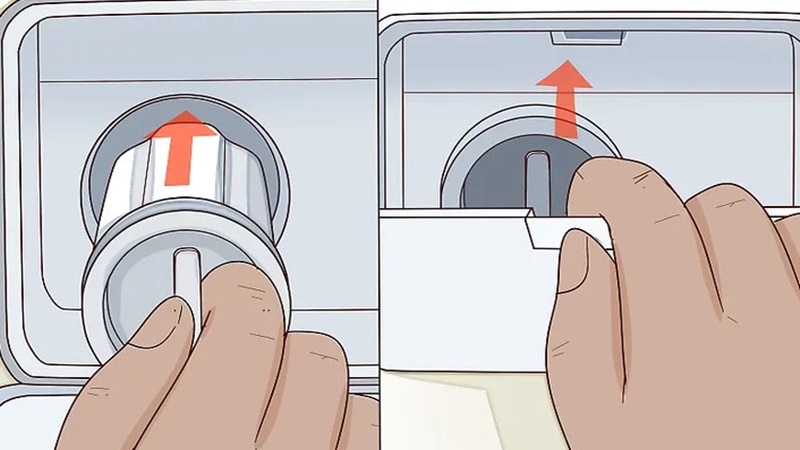 Removing the lint filter
Removing the lint filter
Once you’ve located the lint filter, it’s time to open it. Before doing so, place a cloth underneath to catch any residual dirty water.
If your washing machine has a child-safety lock, you may need to use a screwdriver to pry open the lint filter cover.
Carefully remove the lint bag from the machine. If it’s too stiff, gently twist it to loosen and remove.
Cleaning the Lint Filter
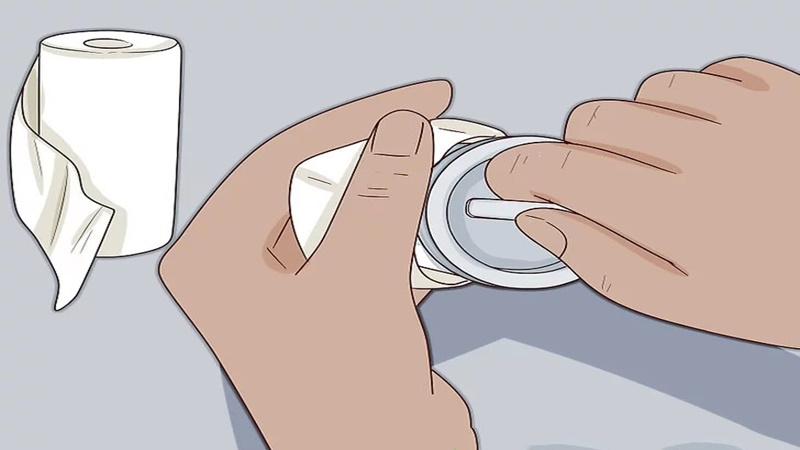 Cleaning the lint filter
Cleaning the lint filter
For this step, you’ll need a damp cloth to wipe away any residual detergent or dirt. If the buildup is too thick, use a brush to gently scrape it off.
Removing the Filter Plate
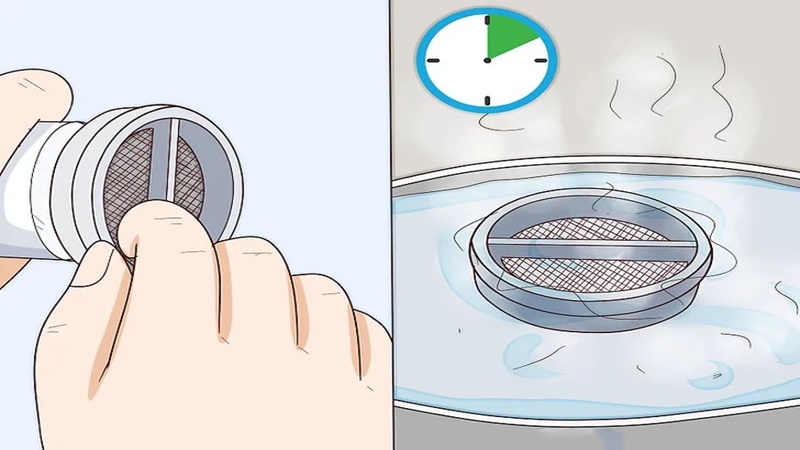 Removing the filter plate
Removing the filter plate
Next, remove the filter plate from the lint filter and pour out any residual dirt or debris. Soak the plate in hot water for about 10 minutes to loosen and remove any remaining fibers or dirt that the damp cloth couldn’t clean.
Checking the Compartment and Reinstalling the Filter
 Checking the compartment and reinstalling the filter
Checking the compartment and reinstalling the filter
Finally, inspect the lint filter compartment in your washing machine and wipe it clean with a damp cloth. Reinstall the lint filter, and you’re ready to use your washing machine for your next load of laundry.
It is recommended to clean your washing machine’s lint filter at least four times a year to keep it in optimal condition and prevent any long-term damage that could lead to malfunction.
We hope this article has provided you with the knowledge to properly clean your washing machine’s lint filter, ensuring its longevity and maintaining its performance.





























